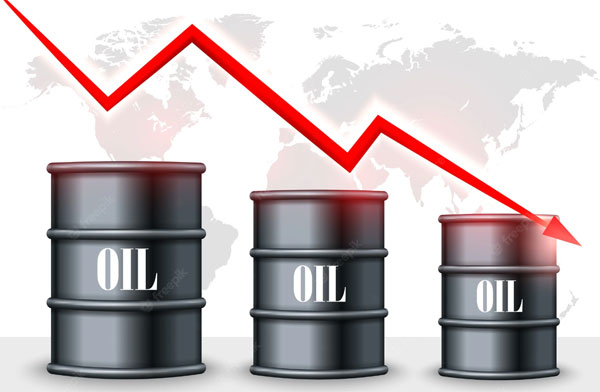OIL & GAS CONTINUES TO FALL

WTI crude futures fell toward $77 per barrel on Wednesday, sliding back to the lowest levels since early January, as a rallying dollar and higher US crude inventories outweighed concerns that OPEC+ may reduce output further. The dollar index surged to a fresh 20-year high after a White House official ruled out a currency agreement among major economies to weaken the greenback. Industry data also showed the US crude stockpiles expanded by more than 4 million barrels last week, ahead of official data later on Wednesday. Oil prices faced heavy selling pressure since June and are on track to post their first quarterly decline in more than two years as aggressive monetary tightening aimed at curbing inflation escalated the risk of a global recession that could hurt energy demand. Meanwhile, sharp falls in oil prices stoked speculations that OPEC+ may cut output to stem the slide, with Moscow reportedly lobbying the group to slash production by about 1 million barrels a day.
Natural gas futures bottomed below the $7/MMBtu mark, a level not seen in two months, pressured by a bigger-than-expected storage build. The latest EIA report showed that US utilities injected 103 billion cubic feet (bcf) of natural gas into underground storage, well above the median estimates of a 93 bcf injection. Prices were already under pressure amid record domestic production levels and forecasts for milder weather through early October. Adding to the bearish outlook were expectations that demand would fall further in October when the Cove Point liquefied natural gas (LNG) plant in Maryland shuts down for maintenance. Natural gas futures were still up around 100% this year as soaring prices in Europe and Asia keep demand for US LNG exports firm.
Gasoline futures pushed back towards the $2.50 per gallon mark, rebounding from their lows of $2.25 reached earlier in September. Despite fears of a recession and demand destruction, supply chain issues are becoming increasingly apparent as refineries shift from summer to winter blends, and the Olympic pipeline will soon be shut down for maintenance. There are also expectations that as China reopens and the Russian oil supply continues to dwindle, a winter supply shock across the energy markets could be in store.
Heating oil futures rebounded over 4.4% above $3.25/gal from their September lows of $3.12, tracking an upward bounce across energy commodities amid worries of a winter supply shock in the oil market. As Putin continues to isolate the Russian oil market and expectations of a Chinese reopening increase while winter temperatures will add to demand, some investors are betting on a supply shock in the energy market come winter. Despite these worries, the latest EIA data showed the US heating oil stocks increased by 447 thousand barrels last week after a 39 thousand barrels build in the previous period. Investors are further expecting a global recession which would cause demand destruction for heating oil and other energy products.


